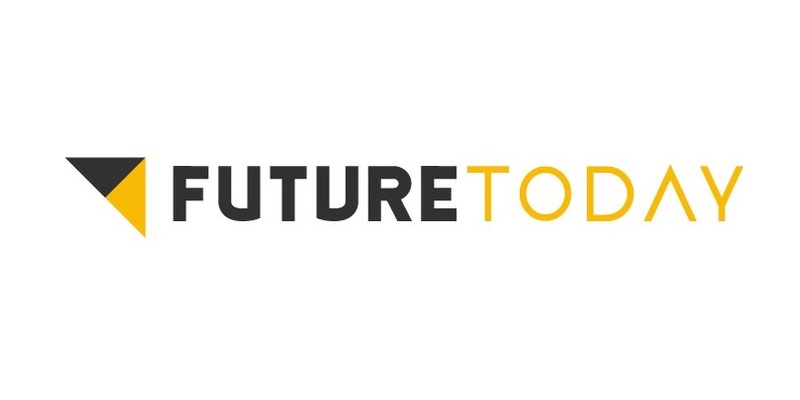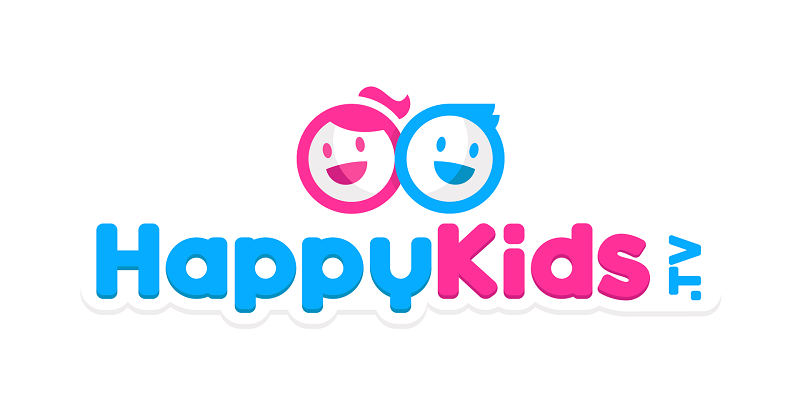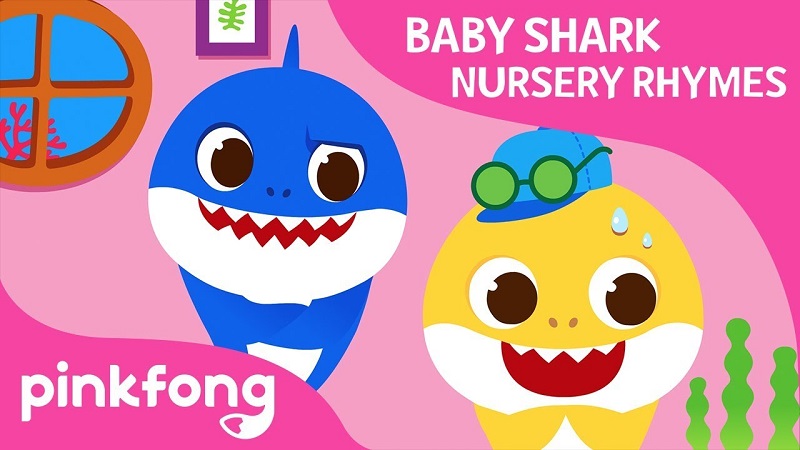
YouTube sensations in kids genre, PinkFong and Like Nastya, with a combined subscribers of 276 million across platforms recently collaborated with Future Today to launch new branded streaming channels on top platforms like Roku, Amazon FireTV and more.
Additionally, Future Today has added more than 200 episodes from these two popular YouTube channels, as well as popular children’s content creators Gabby & Alex and Ruby & Bonnie to HappyKids.

Future Today CEO and co-founder Vikrant Mathur is changing the game by elevating YouTube-centric brands and influencers to grow new audiences and monetise through branded, omni-platform streaming channels.
AnimationXpress spoke to Mathur on the nature of the partnership, viewership changes and other aspects. Below are excerpts:
What’s the nature of the partnership nature of these brands?
We will be leveraging our full-stack streaming solution to launch, manage, promote and monetize these new apps that we are launching across a variety of different streaming platforms. In addition, some of this content will also be available through the HappyKids app.
How are the numbers looking for Future Today and Happy Kids in 2021? How has it changed from the early lockdown period?
COVID has really brought streaming to the mainstream and accelerated the adoption of streaming services across the board. Our numbers have also been growing, both for HappyKids as well as the portfolio of Future Today channels. Across all channels our viewership is up 75 per cent since the beginning of the pandemic, while HappyKids stands out at 150 per cent+ growth in viewership.

How do you plan to leverage these brands and the popular faces associated with it? Tell us about your immediate plans?
The expansion onto streaming television makes so much sense for these brands, especially given their popularity on YouTube and other digital platforms. They can now be in 100+ million households on a big screen TV and connect with their viewers in an environment that is so much more impactful. As platform managers of these apps, we have to make sure that we get the apps in front of the correct audience, their brand and content will take care of the rest.

Your take on how co-viewing and choice of parents affect kids viewership on a specific content?
Co-viewing is an integral part of kids’ television viewership. Even when parents are not actively watching with their kids, they are an active part of their consumption experience. With preschoolers, it is usually the parent that launches the app and turns on the show that kids want to watch; with older kids, if parents are not actively watching, they are usually still around, so very aware of the content that is being consumed.
Thus, unlike other form factors such as mobile, where the experience is very personal, and kids can jump from one video to another without their parents’ knowledge, the television experience is more communal and almost always involves parents. As a result, as programmers of content as well as marketers trying to reach families, we always have to keep the parents’ needs in mind as well. Just one example of this is the spike that we saw at the beginning of the pandemic in the consumption of educational content; with schools shut down, parents were actively looking for educational content to make the kids’ TV time more productive.


